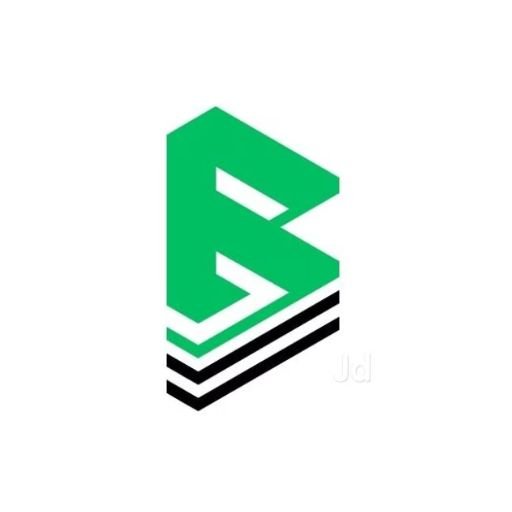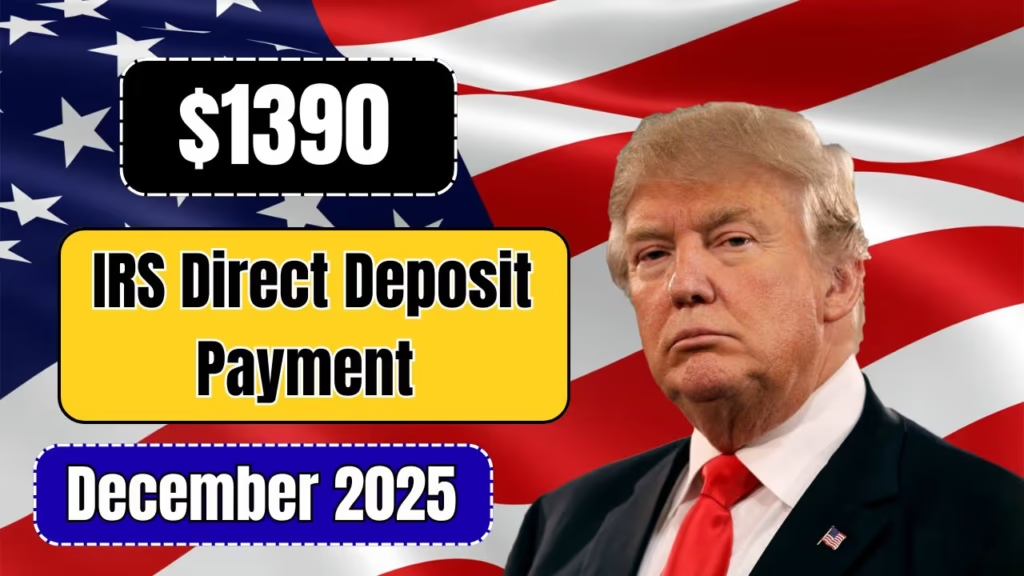$1390 IRS Direct Deposit Payment December 2025: Millions of Americans will see a welcome boost to their bank accounts in the form of a $1,390 IRS relief payment in December 2025. The initiative, designed to combat inflation and the rising cost of living, is part of the federal government’s latest effort to support low-income households, retirees, working families, and veterans.
Unlike earlier stimulus rounds that relied heavily on mail delivery, this program prioritizes direct deposit for faster and more secure transfers. This means those with existing banking details on file with the IRS will get their funds within days rather than weeks.
$1390 IRS Direct Deposit Payment December 2025 Overview
The IRS relief payment is far more than a number, it’s urgent, real-world support for those struggling with housing costs, grocery prices, and medical expenses. For many Americans, monthly budgets have been stretched thin due to persistent inflation. This payment aims to: Support middle- and low-income earners hit hardest by economic strain. Help seniors address escalating healthcare costs. Boost liquidity in the economy by encouraging consumer spending. IRS officials emphasize that the $1,390 relief is part of an ongoing commitment to protect citizens against inflationary pressures and ensure transparent, timely assistance.
$1390 IRS Direct Deposit Payment December 2025 Eligibility Criteria
Eligibility is determined automatically using your 2024 tax return and official benefit records.
| Category | Eligibility Criteria |
|---|---|
| Single Filers | AGI up to $75,000 |
| Married Couples (Joint Filers) | Combined AGI up to $150,000 |
| Heads of Household | AGI up to $112,500 |
| Seniors & Veterans | Automatically included if receiving Social Security, SSI, or VA benefits |
| Dependents | Additional funds possible based on dependent status |
Automatic eligibility for full $1,390 payment applies to: Social Security recipients. Supplemental Security Income (SSI) beneficiaries VA disability and pension recipients. Railroad Retirement Board (RRB) beneficiaries. No new application is required for these groups.
$1390 IRS Direct Deposit Payment December 2025 Schedule
The payment should also be automatic to people receiving Social Security, SSI (Supplemental Security Income), or SSDI (Social Security Disability Insurance).
The IRS says relief payments will commence in December 2025 and it should be start with individuals already having bank information on file. The funds must be normally be credited in your bank account after 3-5 business days after the payment has been made. The recipients of paper cheques might face the problem of prolonged waiting because of the postal processing time.
The IRS should also be revise its portal on Get My Payment to enable people to check their payment status. It is aimed at completing the process of delivering all payments by the mid of December 2025 to enable individuals to have the opportunity to receive it.
How to Track and Verify Your Payment Status?
The IRS’s Get My Payment portal will allow taxpayers to: Track payment status in real time. Update direct deposit details. Verify dependent information. To avoid delays: Ensure your banking details are accurate with the IRS. File any missing 2024 tax returns immediately. Confirm dependent data to maximize benefits. Non-filers who receive benefits through SSA, SSI, or VA programs will automatically get funds in the same account where monthly benefits are deposited.
$1702 Alaska PFD Scheme 2025: Dividend Payment Dates, Eligibility & Application Details
$1433 Canada Pension Plan December 2025: Payment Date & Eligibility Update
Importance of $1390 IRS Direct Deposit Payment December 2025
With inflation still driving up housing, food, and energy costs, the $1,390 deposit offers: A buffer for medical bills and prescriptions (seniors). Relief for rent, childcare, and utilities (working families). Assistance for overdue debts (low-income Americans). Importantly, the payment is tax-free and will not reduce future federal benefits.
$1390 IRS Direct Deposit Payment December 2025 Economic Impact
Economists predict that the program will: Stimulate local economies via increased consumer spending. Support small businesses impacted by reduced sales. Lower reliance on credit cards and loans, reducing financial instability. The IRS’s digital-first strategy aims to improve distribution speed, minimize fraud risks, and ensure safer transactions.
$1390 IRS Direct Deposit Payment December 2025 Latest Update
The $1,390 amount was determined after analysis of median household expenses in 2024. Over 73 million Americans are projected to qualify under income and benefits thresholds. Direct deposit methods are expected to reduce administrative costs by 28% compared to previous stimulus programs. States with the highest expected relief beneficiaries: California, Texas, Florida, New York, Pennsylvania.
FAQ’s About $1390 IRS Direct Deposit Payment December 2025
No, the IRS will determine eligibility automatically from your 2024 tax filings and benefit records.
No, the payment is tax-free and does not count as taxable income.
Yes, but processing may be delayed. File your return as soon as possible to be included in the payment wave.
You will receive a paper check or prepaid debit card within the October distribution window.
No, the IRS does not confirm any $1390 IRS direct deposit payment in December 2025.

